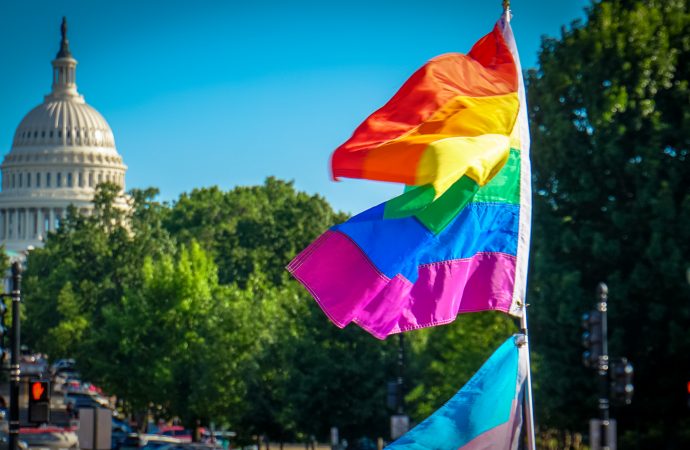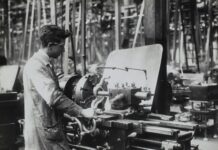My induction into medical school was lined by applauses, affirmations of life-saving skills to be learned and beautiful white coats symbolizing our future responsibilities. We shouted our Hippocratic oath with conviction and excitement – promising to do only good by our patients. But when the school curriculum forgets to teach students of diverse patient populations, the promise we passionately made to become patient advocates falls short. In the end, underserved populations such as the LGBTQ community are left with inadequate care as doctors are unprepared and untrained to provide appropriate services.
As medical students, when our education does not address sexual health, hormone affordability and personal identity of an LGBTQ individual, we are at a disadvantage in serving our patients. From the lack of exposure in coursework, students learn to be fearful and uncomfortable interacting this population. From the fear and unease, we breed doctors who develop unconscious bias – thinking old tales of every gay man having HIV and every transgender woman needing a psychiatric consult. Those biases directly hinder the diagnosis and care provided to the community.
But for patient-doctor interactions to occur, a patient must first seek out medical help. What happens when a patient’s trust with a physician becomes marred by distrust and discrimination? The courage the patient built to seek medical assistance becomes dismantled and future interactions become harder to create. Preventative care is one of the most important elements of medicine, but a patient who cannot find a provider to advocate on their behalf is left in a vulnerable state where their medical needs remain unmet.
On the other hand, when students are educated to be patient advocates, their rapport with patients becomes a tool to open lines of communication. Research has shown that physicians who are consistently exposed to the LGBTQ community provide better services and adequate care, free of implicit and explicit biases and negative attitudes (1). Attendings teaching future physicians of the unique medical needs of the LGBTQ community will create a new series of physicians who can model positive interactions with the community. This can create an inclusive environment where medical students recognize their own misconceptions and improve their goals to be passionate doctors.
As I carry on my medical education, I continuously stumble through ways to become a better provider for minority communities such as the LGBTQ. What drives my motivation to continue learning are the thoughts of what it would mean if I did not try. I see how the lack of experience and the general fear of not understanding the community creates deficits in advocacy for these minorities. Until medical school curriculums become more inclusive, I will continue to be a voice for the LGBTQ community. I will keep the promise I made at the beginning of my career to be a patient advocate, breaking down medical barriers so that health can be a right and not a privilege.
References:
Sawning S, Steinbock S, Croley R, Combs R, Shaw A, Ganzel T. A first step in addressing medical education Curriculum gaps in lesbian-, gay-, bisexual-, and transgender-related content: The University of Louisville Lesbian, Gay, Bisexual, and Transgender Health Certificate Program. Educ Health [serial online] 2017 [cited 2018 Feb 9];30:108-14. Available from: http://www.educationforhealth.net/text.asp?2017/30/2/108/215100
Image
By Ted Eytan from Washington, DC, USA [CC BY-SA 2.0], via Wikimedia Commons





